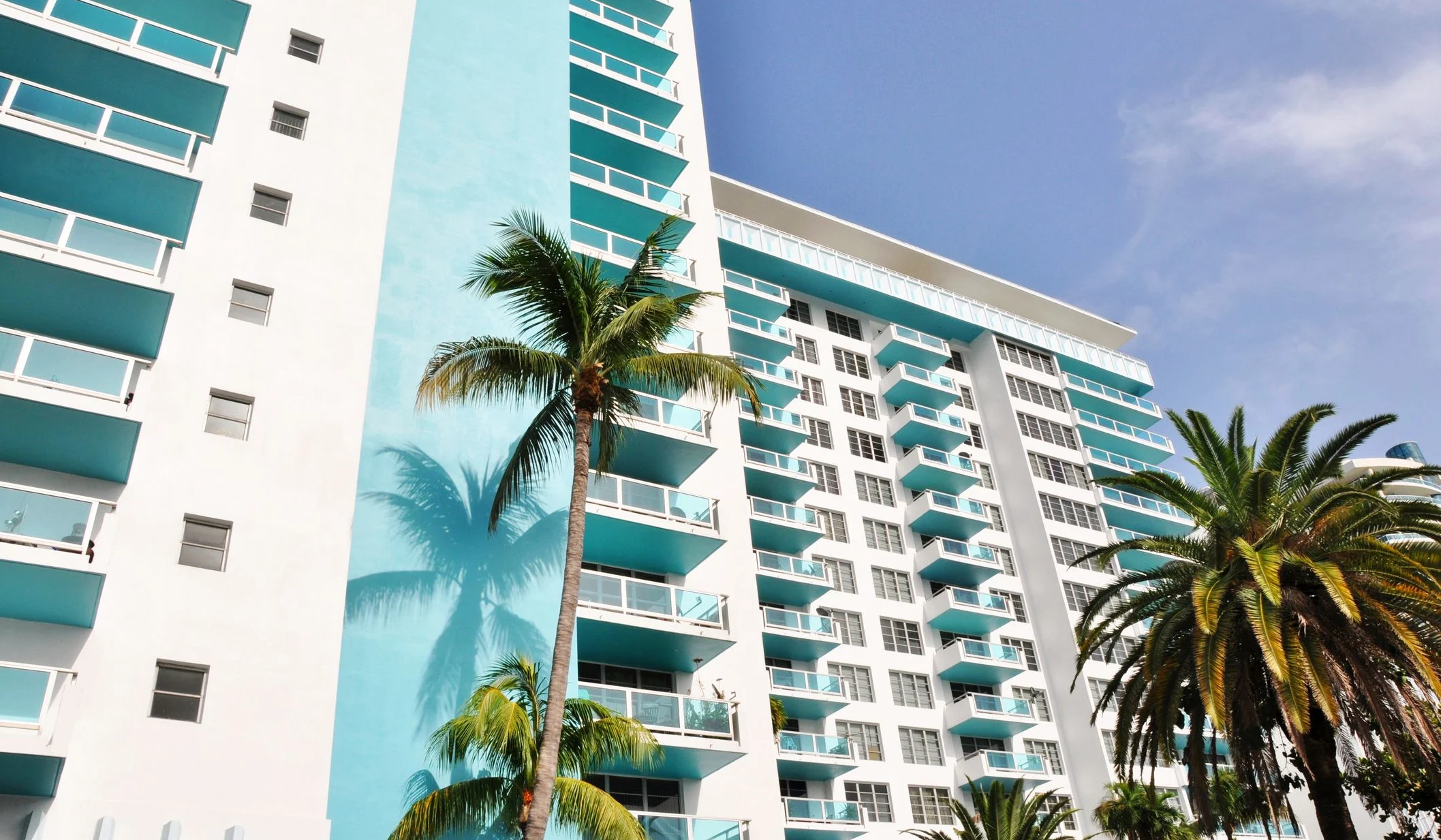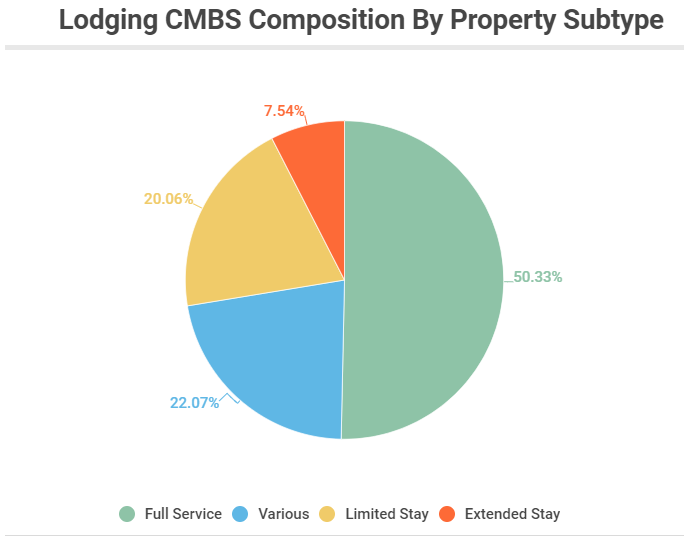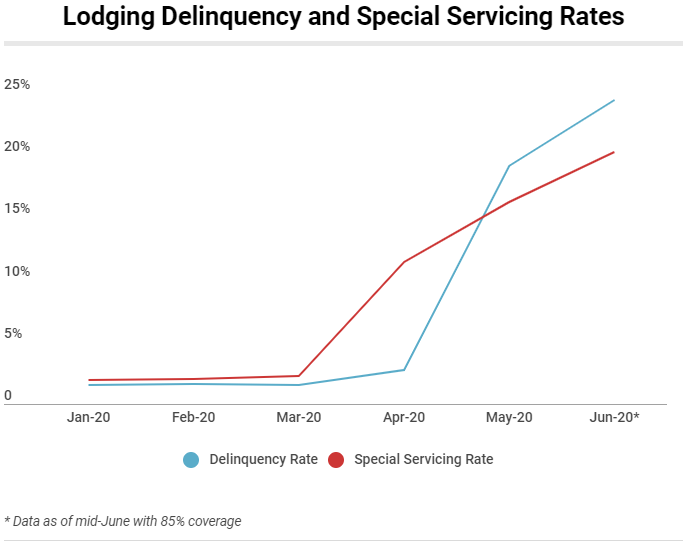
At the beginning of this year, one of the biggest headlines in the hotel sector was a measly growth in revenue per available room (RevPAR) in 2019. According to STR, the hotel industry recorded a 0.9% increase in RevPAR in 2019 - the lowest annual increase since 2009. At the time, STR had predicted that in 2020, overall RevPAR will only grow by 0.5% as an increase in supply would outpace growth in demand.
Little did we know that any forecast – no matter how conservative – would not be applicable in the next few months. With the sudden COVID-19 outbreak spreading at a rapid pace, the hotel and tourism industries across the world faced a devastating halt.
In the US, CBRE anticipates hotel occupancy to decline to 26.2% during the second quarter of 2020, with full-year occupancy of 41%. According to a recent research report, the firm doesn’t foresee RevPAR recovering to 2019 levels until 2023. In its month-end P&L data release, STR reported that gross operating profit per available room fell 116.9% for U.S. hotels during April 2020. These are alarming figures for the lodging sector and are having significant repercussions such as those visible in the CMBS sector.
The Rise in Lodging Delinquency and Special Servicing Rates
According to Trepp CMBS data, the delinquency and special servicing rates for the lodging sector have risen at a rapid pace in recent months. This is based on roughly 3,000 CMBS loans that are backed by hotel properties located across the U.S. totaling over $86.0 billion in outstanding balance. Full-service hotels, which typically take out larger loans, serve as collateral for a little over half of the total outstanding balance followed by limited-service hotels which account for over 20%.

The overall lodging delinquency rate has increased to 19.13% in May from 2.71% in April. This amounts to roughly $16 billion worth of loans which are currently marked as delinquent and are more than 30 days late on their payments.
Additionally, early data in June based on about 85% of the private-label CMBS hotel loans having reported, shows a lodging delinquency rate of 24.44%.
The delinquency rate for full-service hotels has risen to 22% according to remittance data as of mid-June, up from over 15% in May. For limited-service hotels, this has increased to 25% from 17% in May. Unfortunately, that’s not the only bad news. The hotel loans that are currently with special servicers also rose to about 20.22% as of mid-June from 16% in May.
The figure below shows the lodging delinquency and special servicing trends in recent months.

Lodging Loans in Grace Period or Beyond
Along with these metrics, we also track loans that are currently “in grace period” (A) or “beyond grace period” (B) but less than 30 days behind payment. This metric serves as a leading indicator of how the delinquency rate could move in the next month. For instance, the lodging delinquency rate was 2.71% in April. At the same time, over 20% of the lodging loans were less than 30 days behind on payments. As some of these loans were not able to make their payment in May and were marked delinquent, the lodging delinquency rate shot up to 19.13%. Currently, early June numbers show that the percentage of hotel loans in grace period is almost 7.5%, indicating that there may still be room for hotel delinquencies to move even higher in July.
Loans on Watchlist
Another metric used to understand the level of distress in the sector is the percentage of loans on watchlist. Loans are placed on watchlist based on various performance triggers, including delinquency, low debt service coverage ratios or occupancy rates, major tenant financial issues, high loan to value, and pending maturity, among others.
A substantial total of 331 lodging loans with a balance of $5.8 billion were newly placed on servicer watchlist in April, according to Trepp’s remittance data. This tally was up from 21 loans with an outstanding balance of $1.0 billion that were newly placed on the watchlist in February, prior to the coronavirus crisis.
Subsequently, with more loans placed on watchlist in May, the total outstanding balance of loans on this list has significantly increased, coming in at $31.3 billion, up from $19.3 billion in April. As of mid-June, $5.6 billion worth of loans were newly placed on watchlist, implying that there will be a considerable increase in the total balance of loans that will be on watchlist this month.
What is the Response?
As hotels across the country are impacted by this sudden downturn, borrowers and lenders are actively looking for solutions to address the crisis. There have been a large number of COVID-19 forbearance requests across the CMBS universe. In terms of hotel loans, a significant proportion was sent to special servicing at the beginning of the crisis, at $9.8 billion in April up from $1.7 billion in March. A few of these have now returned from special servicers as a corrected mortgage.
Now, a common response to address the disruption in cash flow issues is to provide 3-month relief to borrowers, at the master servicer or special servicer level, during which the monthly FF&E reserve payments are suspended and the servicer allows the borrower to utilize the existing reserve funds to cover the debt service payments. Such an agreement also typically includes details on a replenishment timeline for these funds. However, what happens after this initial relief remains muddy. With the nature of hotel business being tourism, events, and conference-based, these borrowers are currently in uncharted territory with little visibility into the future consumer demand patterns. This prevents them from providing reasonable revenue estimates in the next 3-6 months to the servicers, further complicating the modification process. Borrowers, lenders, and servicers are working together to identify innovative solutions to address this concern.
A recent example we have seen is the $300 million Loews Miami Beach Hotel CMBS loan which has gotten some relief. The collateral is a 790-room, full-service hotel in South Beach, Miami. The $300 million loan is split between a $120 million piece (12.91% of COMM 2014-LC17); another $120 million slice (10.54% of COMM 2014-UBS5); and a $60 million piece (8.97% of COMM 2014-CR21). The LC17 deal is part of CMBX 8.
According to the latest watchlist notes, the borrower requested relief to which the special servicer agreed. The relief comes in the form of suspension of monthly FF&E Reserve payments for May, June, and July 2020. Starting with the August payment through the April 2021 payment, the borrower shall replenish a ninth of the sum of the total deferred payments which will be re-deposited into the FF&E account from which the funds were released.

Looking Forward
On a positive note, STR’s US hotel performance data has shown week-over-week increases in occupancy recently. From above 60% in late-February, the occupancy dropped sharply to only a third at 22% in early-April. It has since inched up slowly every week, coming in at 41.7% for the week ending June 13th. Going forward, CBRE expects that the hotel demand will return to pre-crisis levels in the third quarter of 2022. In this context, roughly $16.9 billion and $14.7 billion worth of hotel CMBS loans are set to mature in 2020 and 2021 respectively according to Trepp data. Over half of the balance of these maturing loans is backed by full-service hotels.
Given the expected timeline of recovery and a significantly lower forecasted demand, especially for high-end luxury hotels, the hotel industry is likely to face some hiccups in the next two years.
To learn more about the data behind this article and what Trepp has to offer, visit www.trepp.com.







Sign up to receive our stories in your inbox.
Data is changing the speed of business. Investors, Corporations, and Governments are buying new, differentiated data to gain visibility make better decisions. Don't fall behind. Let us help.







Sign up to receive our stories in your inbox.
Data is changing the speed of business. Investors, Corporations, and Governments are buying new, differentiated data to gain visibility make better decisions. Don't fall behind. Let us help.